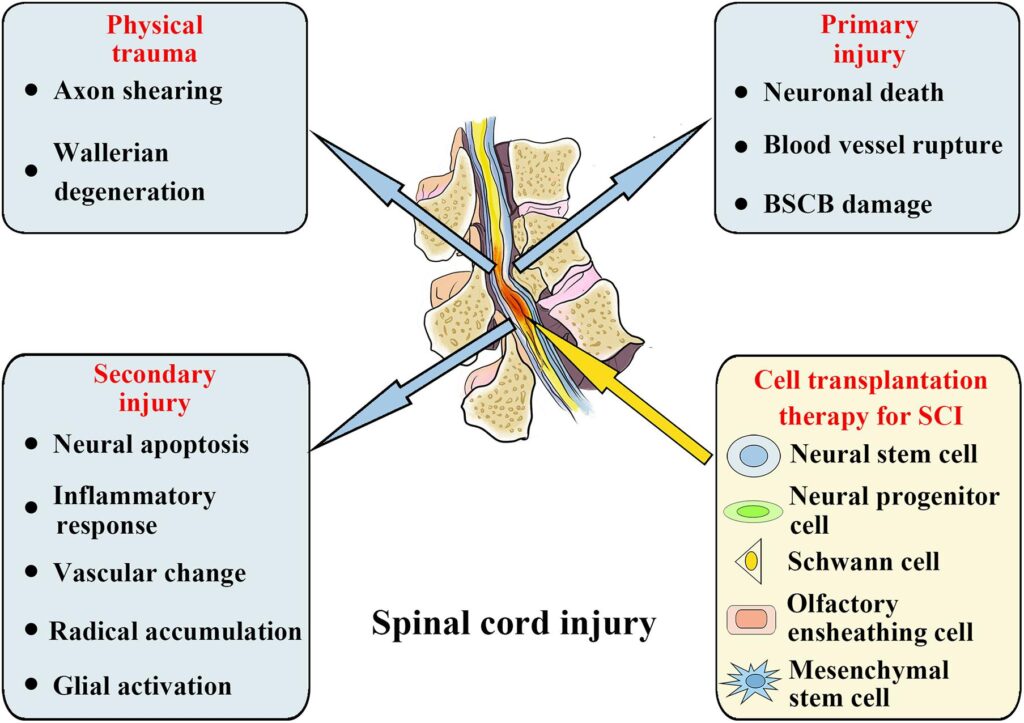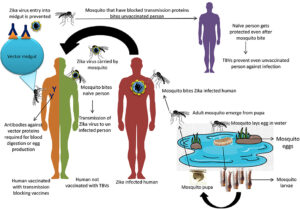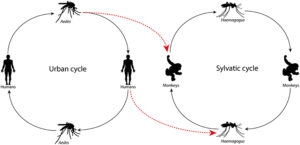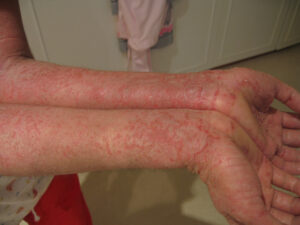A spinal cord injury, often abbreviated as SCI, is a life-altering condition that affects the body’s ability to send and receive messages from the brain. This type of injury can result in partial or complete loss of motor function, sensation, and other critical bodily functions. Understanding the causes, symptoms, types, and available treatments for spinal cord injuries is essential for patients, caregivers, and healthcare professionals alike. In this article, we will delve into each of these aspects to provide a comprehensive overview.
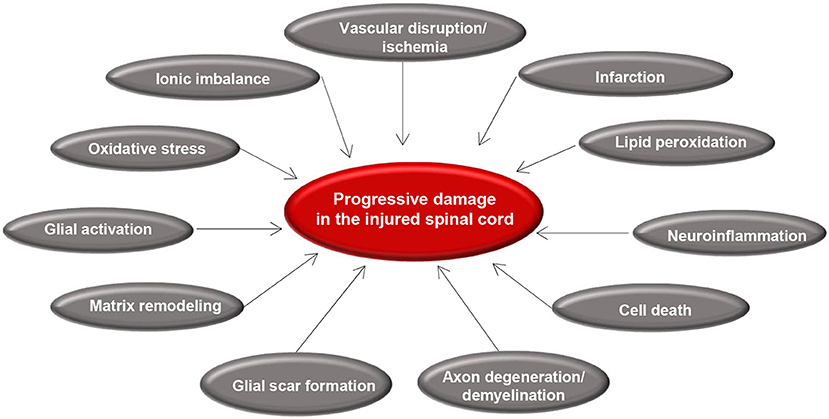
Causes of Spinal Cord Injury
Spinal cord injuries occur when there is damage to the spinal cord or the nerves at the end of the spinal canal. The causes of such injuries can vary widely but are generally categorized into traumatic and non-traumatic factors.
Traumatic Causes
- Motor Vehicle Accidents: Car crashes, motorcycle accidents, and pedestrian collisions are among the leading causes of spinal cord injuries. The force of impact can cause fractures, dislocations, or compression of the vertebrae, leading to damage to the spinal cord.
- Falls: Falls are another major cause, particularly in older adults. Slipping, tripping, or falling from heights can result in significant trauma to the spine.
- Acts of Violence: Gunshot wounds, knife wounds, and other forms of violence can penetrate or severely damage the spinal cord.
- Sports and Recreation Injuries: High-impact sports like football, rugby, diving, and gymnastics carry a risk of spinal cord injuries due to falls, collisions, or improper techniques.
Non-Traumatic Causes
- Diseases: Certain medical conditions such as cancer, arthritis, osteoporosis, and infections can weaken the spine or directly affect the spinal cord.
- Inflammation: Conditions like transverse myelitis, an inflammatory disorder affecting the spinal cord, can lead to injury.
- Degenerative Disc Disease: Over time, the discs between the vertebrae can deteriorate, causing pressure on the spinal cord.
Symptoms of Spinal Cord Injury
The symptoms of a spinal cord injury depend on the severity and location of the damage. These symptoms can range from mild to severe and may develop immediately or over time.
Common Symptoms
- Loss of Movement: Paralysis or weakness in parts of the body below the level of injury is one of the most common symptoms.
- Loss of Sensation: Individuals may experience reduced or complete loss of sensation, including the ability to feel heat, cold, or touch.
- Pain or Intense Stinging: Damage to the spinal cord can cause pain or a stinging sensation due to disrupted nerve signals.
- Difficulty Breathing: Injuries to the upper part of the spinal cord can affect the muscles used for breathing, leading to respiratory issues.
- Loss of Bladder or Bowel Control: Many individuals with spinal cord injuries face challenges with controlling their bladder or bowels.
- Changes in Sexual Function: Both sexual sensitivity and function can be affected by a spinal cord injury.
Signs of Severe Injury
In cases of severe spinal cord injury, additional symptoms may include:
- Extreme back pain or pressure in the neck, head, or back
- An oddly positioned or twisted neck or back
- Numbness or paralysis in any part of the body
- Difficulty walking or maintaining balance
- Impaired breathing after injury
Types of Spinal Cord Injury
Spinal cord injuries are classified based on the extent of damage and the area of the spine affected. Understanding these classifications helps in determining the appropriate treatment and rehabilitation plan.
Complete vs. Incomplete Injury
- Complete Injury: A complete injury results in total loss of motor function and sensation below the level of injury. This means that the individual cannot move or feel anything below the affected area.
- Incomplete Injury: An incomplete injury allows for some degree of motor or sensory function below the level of injury. The extent of retained function varies depending on the severity of the damage.
Levels of Injury
The location of the injury along the spinal cord determines which parts of the body are affected:
- Cervical Injuries: Injuries to the cervical spine, located in the neck, can result in quadriplegia, affecting all four limbs and the torso.
- Thoracic Injuries: Thoracic spine injuries typically affect the chest and lower back, leading to paraplegia, where the legs and lower body are impacted.
- Lumbar Injuries: Lumbar spine injuries affect the lower back and legs, often resulting in loss of movement or sensation in the lower extremities.
- Sacral Injuries: Sacral injuries impact the hips, buttocks, and inner thighs, and may also affect bladder and bowel control.
Treatments for Spinal Cord Injury
While there is currently no cure for spinal cord injuries, various treatments aim to manage symptoms, improve quality of life, and promote independence. Treatment plans are highly individualized and depend on the type and severity of the injury.
Immediate Medical Interventions
- Immobilization: Emergency responders often use braces or a rigid collar to stabilize the spine and prevent further damage during transport to the hospital.
- Surgery: Surgical procedures may be necessary to remove bone fragments, repair herniated discs, or realign the spine to relieve pressure on the spinal cord.
- Medications: Steroids like methylprednisolone are sometimes administered within the first few hours after injury to reduce inflammation and swelling.
Rehabilitation and Long-Term Care
Rehabilitation plays a crucial role in helping individuals adapt to life after a spinal cord injury. This process involves a multidisciplinary team of healthcare professionals, including physical therapists, occupational therapists, psychologists, and social workers.
- Physical Therapy: Physical therapy focuses on strengthening muscles, improving mobility, and teaching adaptive techniques for daily activities.
- Occupational Therapy: Occupational therapists help individuals regain independence by teaching them how to perform tasks using assistive devices or modified methods.
- Psychological Support: Counseling and support groups address the emotional and mental health challenges associated with spinal cord injuries.
- Assistive Technology: Devices such as wheelchairs, walkers, and communication aids can enhance mobility and independence.
Emerging Treatments
Research into new treatments for spinal cord injuries is ongoing, offering hope for improved outcomes in the future. Some promising areas include:
- Stem Cell Therapy: Stem cells have the potential to regenerate damaged nerve tissue and restore function.
- Electrical Stimulation: Implantable devices that deliver electrical impulses to the spinal cord show promise in restoring movement and sensation.
- Robotic Exoskeletons: Wearable robotic suits can assist with walking and movement for individuals with lower-body paralysis.
Lifestyle Adjustments
Beyond medical interventions, lifestyle adjustments are essential for managing spinal cord injuries. These include:
- Maintaining a healthy diet to support overall well-being
- Engaging in regular exercise tailored to individual abilities
- Adapting living spaces to ensure accessibility and safety
- Building a strong support network of family, friends, and caregivers
